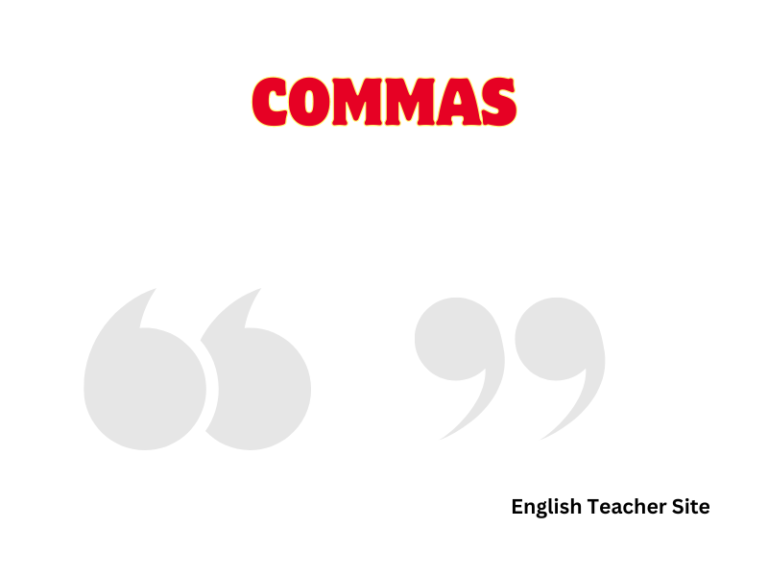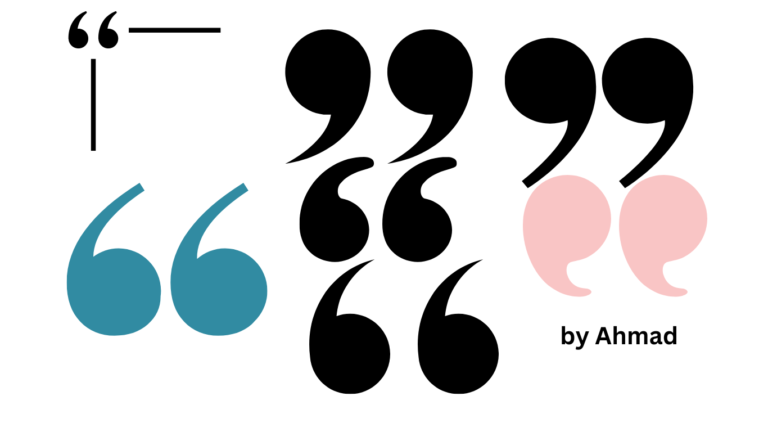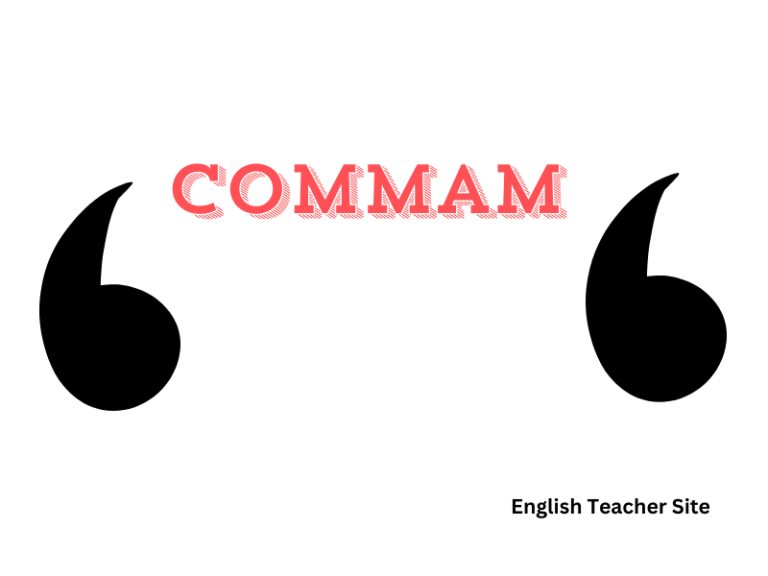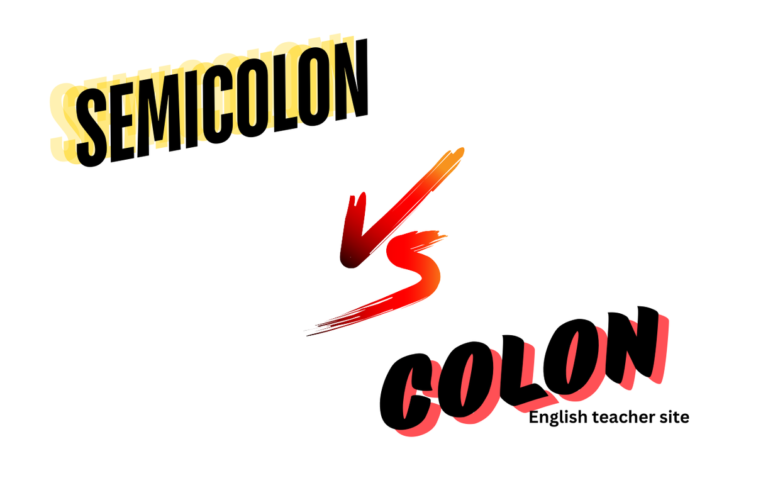What’s an Oxford Comma: Unveiling Its Role in Clarity and Writing
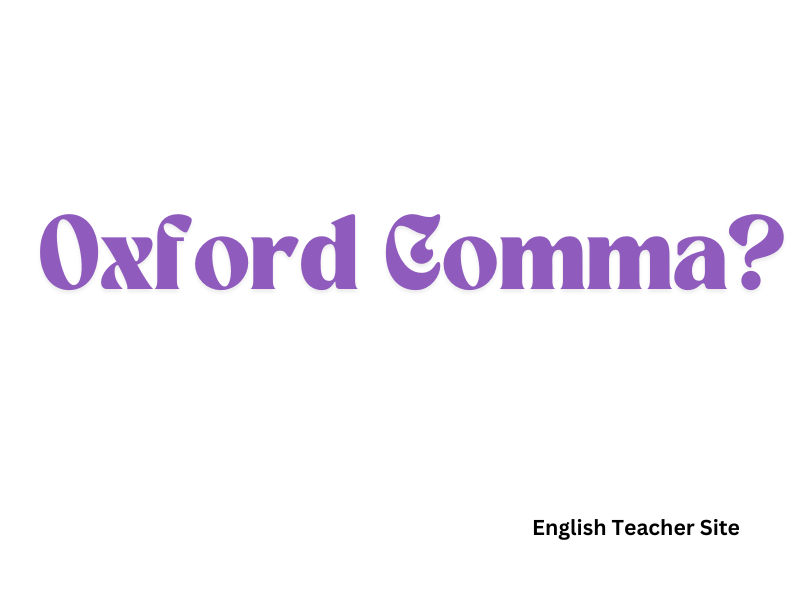
- The Oxford comma clarifies lists in sentences to prevent misinterpretation.
- Its usage is dictated by the chosen style guide and is a subject of debate among writers.
- This comma helps maintain the structure and readability of complex sentences.
The Oxford comma, also known as the serial comma, is a punctuation mark used before a coordinating conjunction (like ‘and’ or ‘or’) in a list of three or more items. Its primary purpose is to eliminate ambiguity, ensuring that the meaning of a sentence is clear. Whether to include this comma can be contentious; some style guides require it, while others do not, leading to a split in usage across different types of writing.
Unveiling “What’s an Oxford Comma”
It represents a small detail that can have a noticeable impact on the meaning of a sentence.
Understanding the concept of an Oxford comma
The Oxford comma, also known as the serial comma, is the comma placed immediately before the conjunction in a list of three or more items. Its purpose is to remove ambiguity, providing precise separation between list items. Here’s a comparison to illustrate its use:
- Without Oxford comma: I need to buy eggs, milk and bread.
- With Oxford comma: I need to buy eggs, milk, and bread.
| With Oxford Comma | Without Oxford Comma |
|---|---|
| clarifies the separation between items | could imply items are grouped together |
| used in scholarly, professional writing | often omitted in journalism, advertising |
The debate around the Oxford comma is ongoing. Some style guides, such as The Chicago Manual of Style, insist on its use, while others, like The Associated Press Stylebook, do not consider it necessary. However, its usage can indeed affect the interpretation of a sentence, making it a useful tool in maintaining the precision of language.
- Oxford comma: emphasizes clear enumeration.
- No Oxford comma: may suggest a close relationship between the last two items.
Examples of Sentences that Use Oxford Commas
The Oxford comma, also known as the serial comma, is the last comma used in a list of items before the conjunction ‘and’ or ‘or.’ The presence of this comma can clarify the meaning of sentences by separating items and ensuring each is distinct.
Illustrating Punctuation Usage
An Oxford comma appears before the conjunction in a list of three or more items. By including an Oxford comma in a sentence, clarity is often achieved, preventing potential ambiguity. Below, various examples demonstrate how Oxford commas function within sentences.
Without Oxford Comma:
- I enjoy cooking my family and my Dog.
With Oxford Comma:
- I enjoy cooking, my family, and my dog.
As shown, the Oxford comma eliminates potential misinterpretation. The first sentence, lacking the comma, whimsically implies cooking family members and pets, which is not the intended meaning. The second sentence clearly lists the things enjoyed as separate entities.
Table 1: Additional Examples Without Oxford Comma
| Sentence with Multiple Items | Potential Ambiguity? |
|---|---|
| We invited the strippers, JFK and Stalin. | Ambiguous |
| The highlights of his trip were the hiking, food friends and dogs. | Ambiguous |
In the first row, the sentence could be misinterpreted as JFK and Stalin being strippers rather than three distinct entities.
Table 2: Clarification with Oxford Comma
| Sentence with Oxford Comma | Resolved Ambiguity |
|---|---|
| We invited the strippers, JFK, and Stalin. | No Ambiguity |
| The highlights of his trip were the hiking, food, friends, and dogs. | No Ambiguity |
By including Oxford commas in the sentences in Table 2, each element of the lists is clearly distinguished, resolving any potential confusion.
Humorous Examples of the Missing Oxford Comma
When it comes to the Oxford comma, its absence can create some rather amusing misunderstandings. In English writing, details matter, and the Oxford comma is a small but significant part of this intricate dance.
Highlighting Potential Ambiguities
To illustrate, here are collections of examples set in tables to underscore the confusion a missing Oxford comma might cause:
Without Oxford Comma:
| Sentence | Possible Misinterpretation |
|---|---|
| I love my parents, Lady Gaga and Humpty Dumpty. | The individual suggests that their parents are Lady Gaga and Humpty Dumpty. |
| Join us for a dinner with the strippers, JFK and Stalin. | Implies that JFK and Stalin are strippers. |
With Oxford Comma:
| Sentence | Clarified Meaning |
|---|---|
| I love my parents, Lady Gaga, and Humpty Dumpty. | It’s clear that Lady Gaga and Humpty Dumpty are additional entities, separate from the parents. |
| Join us for a dinner with the strippers, JFK, and Stalin. | The inclusion of the comma separates the list into individual elements, indicating that JFK and Stalin are not part of the strippers. |
- Including the Oxford comma adds much-needed delineation, sparing readers from inadvertently comical interpretations.
- Its use is critical in legal documents, academic writing, and any context where precision is paramount.
Practical Implications:
- Clarity: Essential for conveying the intended message.
- Professionalism: A missing comma can affect the perceived quality of writing.
- Precision: Enhances the reader’s understanding by avoiding ambiguity.
Humor: Accidental amusement arises from such grammatical oversights, reinforcing the importance of the Oxford comma in even the most mundane of lists.
Are Oxford Commas Ever Incorrect?
The debate over the Oxford comma, also known as the serial comma, hinges on its necessity and consistency in various writing contexts.
Addressing Controversies
Usage of the Oxford comma can be subject to different style guides. The controversies typically arise in scenarios where its usage can either clarify meaning or, conversely, introduce ambiguity. To illustrate the various stances on its appropriateness, consider the following two tables:
| Style Guide | Oxford Comma Usage |
|---|---|
| MLA | Recommended |
| APA | Recommended |
| Chicago | Recommended |
| AP | Not Recommended |
As seen in the table, major style guides like MLA, APA, and Chicago recommend the Oxford comma, whereas AP style does not.
When determining if an Oxford comma is incorrect, one must consider sentence clarity:
- The sentence “I dedicate this book to my parents, Ayn Rand and God” could imply that the writer’s parents are Ayn Rand and God.
- Adding an Oxford comma as in “I dedicate this book to my parents, Ayn Rand, and God” clarifies that these are separate dedications.
However, there are instances when the Oxford comma may introduce confusion:
- The sentence “My favorite sandwiches are ham and cheese, peanut butter and jelly, and tuna” is clear.
- The sentence “My favorite sandwiches are ham and cheese, peanut butter and jelly, and tuna,” could suggest that the last sandwich is a combination of peanut butter and jelly with tuna, which is not the intended meaning.
Consistency is a key factor in deciding on the use of the Oxford comma within a document. Discrepancies in usage can lead to a lack of professionalism and potential misinterpretation. It is imperative for writers to adhere to the chosen style guide throughout their document, as inconsistency can be more detrimental than omitting or including the Oxford comma.
In academic writing, the Oxford comma is seldom deemed outright incorrect, but it’s crucial for writers to employ it in a manner that enhances clarity and follows the chosen editorial standard.
How Do the Style Guides Recommend Using the Oxford Comma?
The Oxford comma, also known as the serial comma, is recommended differently across various style guides, each with its own set of rules for writers and editors.
Following Punctuation Guidelines
Chicago Manual of Style (CMOS):
- Use: CMOS advises that in a series of three or more items, the Oxford comma should appear before the conjunction (e.g., The flag is red, white, and blue).
- Consistency is key: The CMOS emphasizes using the Oxford comma throughout a document for coherence.
| Item | CMOS Recommendation |
|---|---|
| Series of two | No comma needed |
| Series of three or more | Comma before the final “and” or “or” |
Associated Press Stylebook (AP Style):
- Avoid Unless Necessary: AP Style typically omits the Oxford comma unless it’s needed to avoid ambiguity (e.g., My heroes are my parents, Superman and Wonder Woman might imply that your parents are Superman and Wonder Woman).
| Item | AP Style Recommendation |
|---|---|
| Clarity | Use Oxford comma as needed |
| Ambiguity | Avoid Oxford comma unless necessary for clarity |
Modern Language Association (MLA):
- Use Standard: MLA style supports the use of the Oxford comma for clarity in a list of three or more items, mirroring the guidelines of CMOS.
American Psychological Association (APA):
- Consistent Use Recommended: APA style encourages using the Oxford comma consistently in a series of items to enhance clarity.
Each guide offers distinctive recommendations, tailored to the needs of clarity, style, and consistency in writing. It’s important to choose a style guide that aligns with one’s writing purposes and adhere to its rules.
Why Is It Called the Oxford Comma?
The Oxford comma takes its name from the Oxford University Press, where the use of a comma before the conjunction in a list has been a traditional part of the house style.
Exploring Historical Naming
The term “Oxford comma” has its roots in the editorial guidelines of the Oxford University Press. This particular type of comma is well-known for its usage in Oxford University’s publications. Here are some specifics:
- Origin: The Oxford comma is a stylistic element endorsed by one of the most prestigious publishing institutions in the English-speaking world.
- Alternate Names: It is also known as the serial or Harvard comma.
| Other Names for the Oxford Comma | Description |
|---|---|
| Serial Comma | Emphasizes the listing nature of the punctuation |
| Harvard Comma | Represents its use in another academic context |
The Oxford comma remains a point of contention among grammarians, writers, and editors due to varied stylistic preferences.
| Reasons for Disputes | Description |
|---|---|
| Stylistic Preferences | Varies from one style guide to another |
| Clarity in Text | Can both clarify and complicate listings |
Other Comma Rules
In addition to the Oxford comma, there are several comma rules that govern English punctuation. These rules help clarify meaning and provide a structure to sentences, ensuring that readers can follow the writer’s intent without confusion. Mastering these rules is a cornerstone of proficient writing.
Exploring Additional Punctuation Guidelines
Commas With Coordinating Conjunctions:
When two independent clauses are joined by a coordinating conjunction such as and, or, or but, a comma should precede the conjunction.
- Example: She wrote the report, and he edited the graphics.
Commas With Introductory Elements:
Introductory words, phrases, or clauses in a sentence should be followed by a comma.
- Example: Unfortunately, we missed the deadline.
| Introductory Element | Example Sentence |
|---|---|
| Introductory word | Indeed, it’s time to leave. |
| Introductory phrase | In the meantime, let’s prepare the documents. |
Commas With Nonrestrictive Clauses:
A nonrestrictive (or nonessential) clause, which provides additional information without changing the sentence’s meaning, should be set off by commas.
- Example: The car, which was red, sped past us.
Commas With Appositives:
An appositive is a noun or noun phrase that renames another noun right beside it. If it’s nonrestrictive, it requires commas around it.
- Example: The poet Robert Frost, is acclaimed for his work.
| Restrictive (No Comma) | Nonrestrictive (With Comma) |
|---|---|
| The poet Robert Frost was… | The poet, Robert Frost, was… |
Commas With Adjectives:
When two adjectives modify a noun in the same way, a comma should separate them if the order of the adjectives could be reversed or if they could be joined with and.
- Example: She wore a bold, beautiful dress. (Bold and beautiful dress)
Commas in Addresses and Dates:
In addresses and dates, commas are used to separate the elements within them.
- Example: We met on Thursday, July 19, 2023, in Paris, France.
| Elements of Address | Example |
|---|---|
| Street, City, State, Zip | 1200 Main St., Anytown, CA, 90210 |
| City, Country | Anytown, Canada |
Commas in Direct Speech:
A comma is used to introduce or interrupt direct quotations shorter than three lines.
- Example: “That’s the last of it,” he said, turning away.
Commas in Numbers:
In numbers larger than 999, commas are used to separate groups of three digits, counting from the right.
- Example: The population was 9,384,298 at last census.
Conventional Uses of Commas:
Finally, commas are used in certain conventional ways, such as in letter-writing after the salutation and closing.
| Letter Part | Example |
|---|---|
| Salutation | Dear Ms. Smith,* (comma for informal) |
| Closing | Sincerely,* (comma in all cases) |
Source
Chicago Manual of Style: Chicago Manual of Style
My name is Khamis Maiouf. I am the creator of the English Teacher Site, dedicated to providing valuable resources and insights for students around the world. With a passion for education and a commitment to helping students enhance their skills, I aim to make English teaching more effective and enjoyable for both educators and students.

